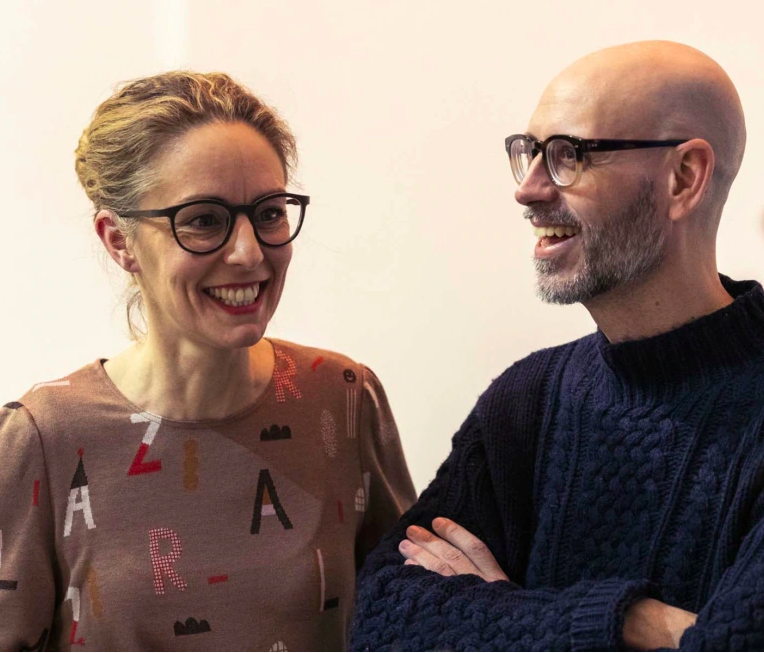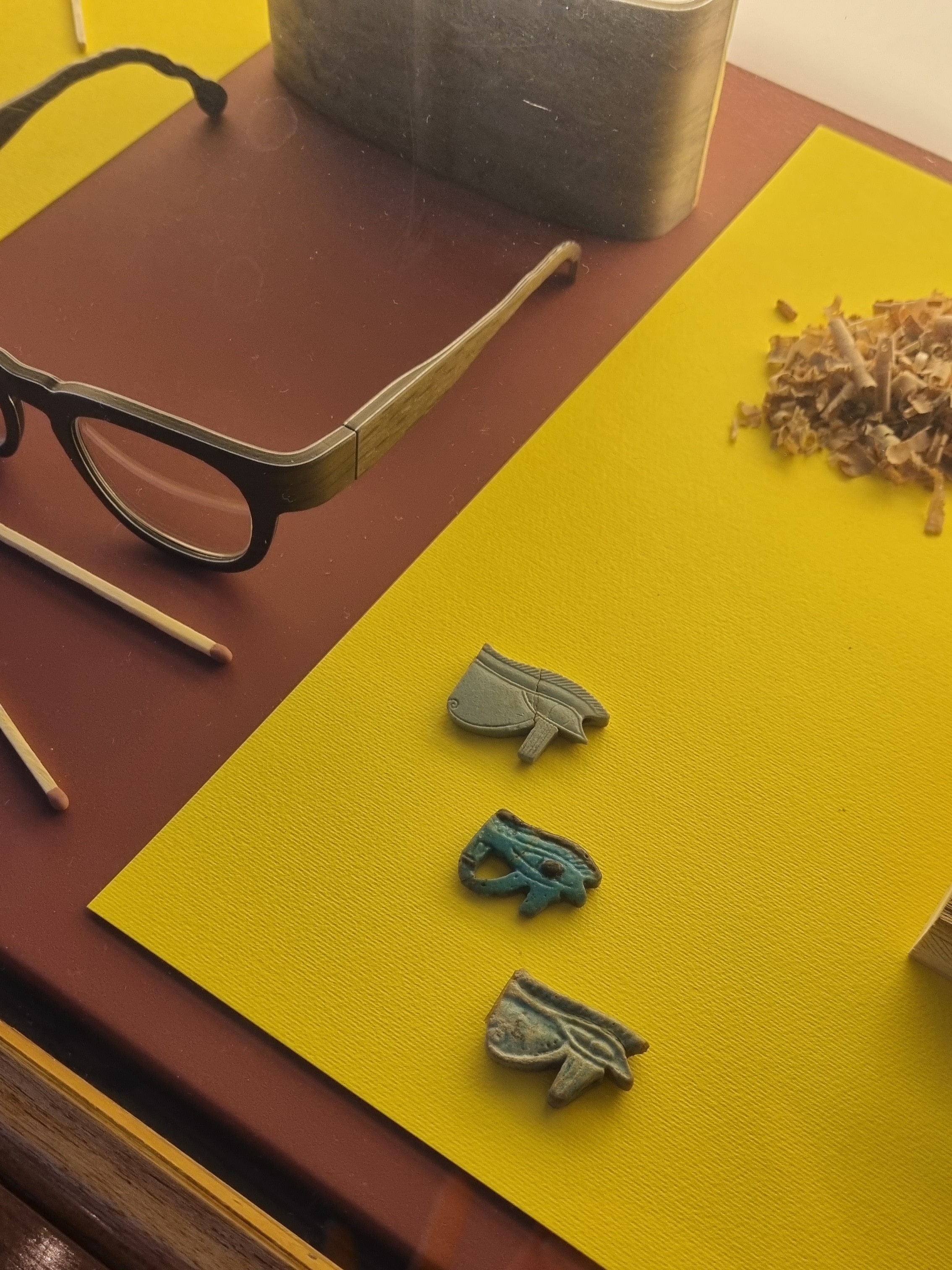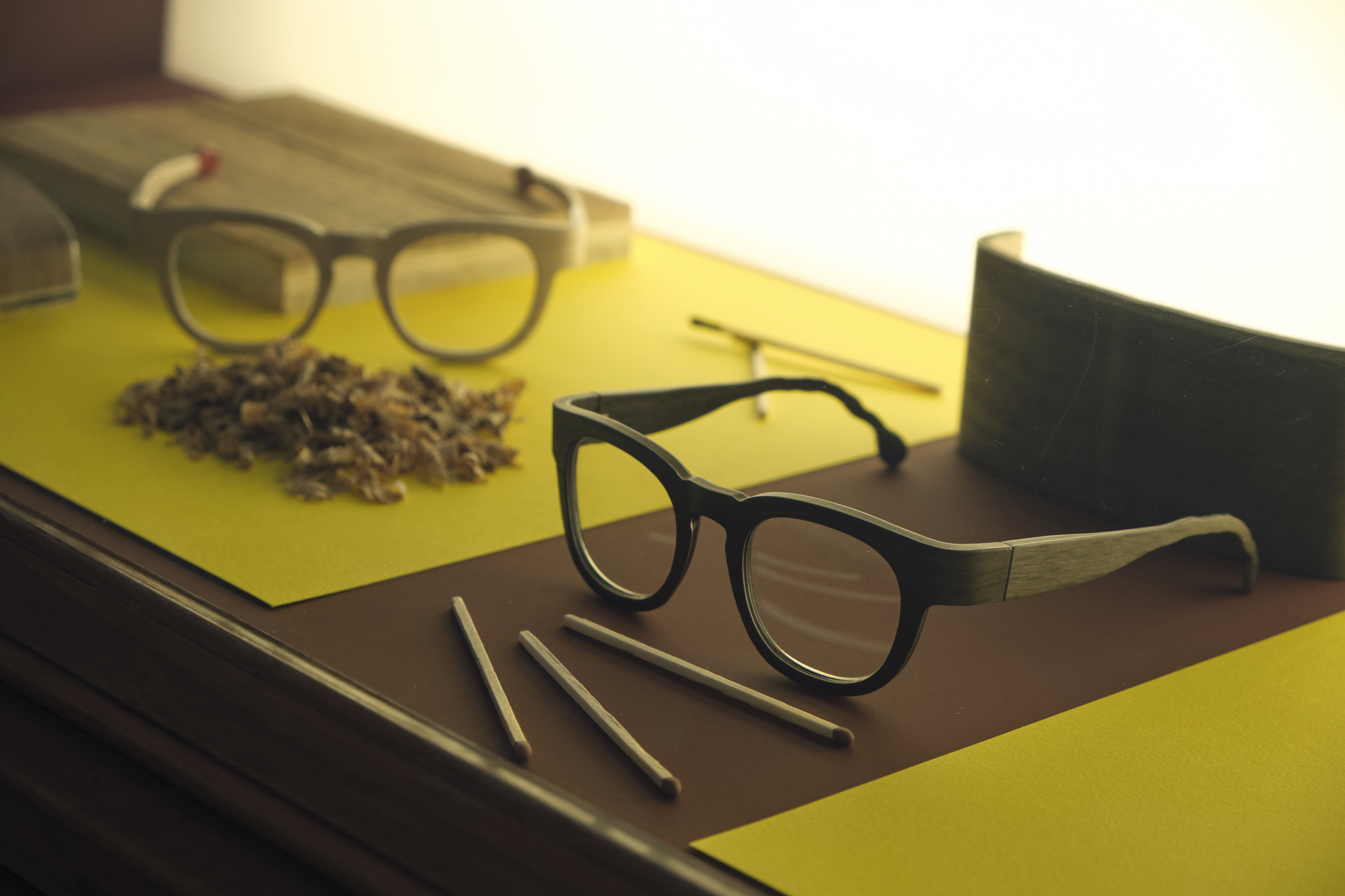Can design propose itself as a mean for a virtuous behavior? It is starting from this meaningful question that the exhibition “Design in practice” looks back at two decades of activity of JoeVelluto Studio by presenting an innovative and conscious approach to design: no more just functional pieces, but elements capable of encouraging reflection and influencing daily practices.


The exhibition, hosted at Galleria Civica Cavour in Padua until 1st November 2021, guides the visitor on a deep journey on the functioning of human being even before that of objects. On the other hand, this multidirectional and often provocative approach toward the discipline has always been part of the working philosophy of JoeVelluto Studio from the very beginning.
Installation views of "Design in practice" exhibition.
Courtesy JoeVelluto Studio.


via internimagazine.it.
The studio, active in Vicenza since 2001, has already made a statement in the name they chose. Someone might expect to find Mr. Velluto behind the desk, but that of Joe Velluto is actually a fiction. The real minds and souls behind the projects are Andrea Maragno e Sonia Tasca, who have established the studio as an original force in the design field, adopting the experimental method typical of the artistic research and making communication and content (before the container) its strength.
In this view, the choice of the curator Leonardo Caffo to develop a survey of the twenty-year work of the studio within a pragmatic Buddhist vision of life, offers a key for a deep understanding of the duo’s mission. In the exhibition, each of the twenty-two pieces is placed in comparison with one of the eight practices suggested in the Noble Eightfold Path, reinterpreted as design rules to drive humans towards more conscious and sustainable actions in life:
1. Sharing virtuous thoughts with respectful words towards those who listen,
2. Arranging daily actions so as not to lose time and efficiency,
3. Reducing the use of a resource when excessive use ends up being superfluous,
4. Transforming inconsistent behaviours into something useful,
5. Understanding the nature of things and people by going beyond their appearance,
6. Expanding our commitment in favour of a collective interest,
7. Looking at what’s at our disposal today to understand what to do without tomorrow,
8. Actively participating in the life cycle of the things that surround us.

Design, as intended by JoeVelluto, should be meaning over function, since function alone cannot justify the existence of a product, and to reach this dimension the studio applies “Adesign”, a subtraction process that aims at the pure essence of things, leaving aside any interest in chasing perfection.
What this ethic suggests, together with the Buddhist approach to design, is to elevate physical objects beyond their material composition and practical function and to see them as a “way of being”, from which questioning old behaviors and sourcing new ones. The effects of virtuous attitudes can be framed into a collective perspective, where design becomes a powerful and inspiring tool when dealing with topics like sustainability, circular economy, and respect for the environment and existing beings.
To assist the observer in translating concepts into visions, each practice has been paired with a video realized in partnership with Fabrica. The fourth practice (“transforming inconsistent behaviours into something useful”), for instance, becomes the subject for the video Life buffering, a desperate race toward a goal that remains unrevealed, a message that finds expression in the dilemma hidden by the work To Re or Not to Re?. A triptych of 100% recycled plastic plants pots symbolizes the ongoing issue concerning the use of plastic, a demonized but also indispensable material - the masks on the pots being a reminiscence of one of their many lives along an infinite existence.


"Past Forward. Designers from the Land of Venice" at the National Archeological Museum. Ph. Federico Floriani.
To Re or Not To Re? at the Venice Design Biennial 2021.
Ph. Veronika Motulko.
The project To Re or Not to Re?, which sees the collaboration between JoeVelluto and Teraplast, has previously been displayed within the third edition of the Venice Design Biennial. On that occasion, JoeVelluto Studio took part in the exhibition organized at the National Archeological Museum of Venice, also with Match, a pair of wooden eyeglasses realized in collaboration with W-Eye. Similarly to the plastic of the plants pots, here the wood is investigated in its extreme moment of alteration, when by means of a match it reaches combustion.

Ph. VDB and Federico Floriani.

That of JoeVelluto is therefore a design that no longer speaks to a silent present. Every piece and video on display is an opportunity to profoundly reflect on how we are behaving and interacting with our own environment, knowing that much can be done if we adopt imagination and creativity to concretely face future challenges.
“A part of us realized that if we wanted to survive, we needed to do something less, by becoming self-aware again, by seeing clearly what we were already doing in order to do it better, in a freer and more creative way. The natural cycle of events, the transformation, the insubstantiality, the gratuitousness of events have inspired our freedom. Imagination as a reaction has been the true practical possibility of carrying out change for our own survival.”
"Design in practice. Virtuous design practices" is open till 1st November 2021
(Friday: 15-19, Sat-Sun: 10-13, 15-19. Monday 1st Nov.: 10-13) at Galleria Cavour, Padua.



